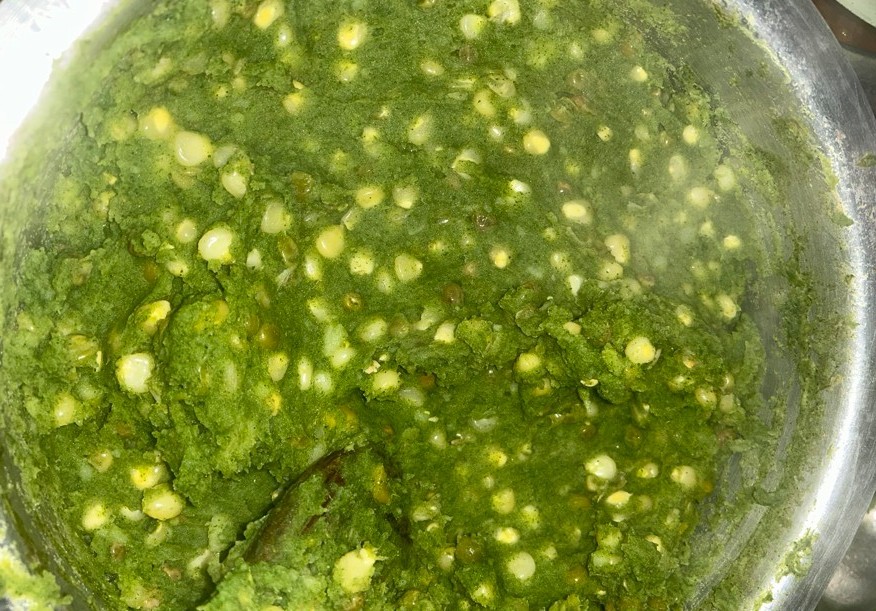How to make authentic Kikuyu mukimo: Traditional Kenyan recipe and cultural significance

Mukimo is a wholesome mash made from boiled potatoes, maize, pumpkin leaves (or other greens such as spinach), and sometimes green peas or beans.
Traditional African dishes are enjoying a welcome revival in Kenyan kitchens, and none more so than mukimo, the iconic Kikuyu delicacy that is as rich in history as it is in flavour.
Also known as mukimo, this mashed dish, made from potatoes, maize, and green vegetables, remains a staple at Kikuyu family gatherings, weddings, and national celebrations.
More To Read
Today, however, its popularity extends far beyond central Kenya, finding its way into urban restaurants and the homes of food lovers across the country.
If you’re curious about how to prepare this hearty, comforting meal at home, here’s a simple and authentic guide.
What is mukimo?
Mukimo is a wholesome mash made from boiled potatoes, maize, pumpkin leaves (or other greens such as spinach), and sometimes green peas or beans.
The ingredients are mashed together to create a vibrant green, earthy dish, typically served with beef stew, fried fish, or grilled meat (nyama choma).
“It’s not just food, mukimo is culture,” says Mama Njoki, a 112-year-old home cook from Nyeri.
“It brings families together, especially during occasions like weddings, family gatherings, and burials, among others.”
Ingredients
• 1½ to 2 kg potatoes (peeled and chopped)
• 1–2 cups maize or sweet corn (fresh or frozen)
• 1–2 cups pumpkin leaves (or terere, managu, or spinach as alternatives)
• 1 cup green peas or beans (optional)
• Salt to taste
• 2 tablespoons cooking oil or butter (optional)
Method
Step 1: Boil the potatoes in a large pot until soft (about 15–20 minutes).
Step 2: In a separate pot, boil the maize with peas or beans until tender.
Step 3: Lightly steam or boil the greens until wilted. Combine all the cooked ingredients in one pot.
Step 4: Mash everything together using a traditional masher or wooden spoon, adding a little oil or butter for richness if desired.
Step 5: Season with salt to taste, then continue mashing until smooth and evenly mixed.
Serve hot with nyama choma, beef stew, goat stew, or chicken stew — and enjoy.
“The best mokimo is green, soft, and full of flavour,” says Chef Kevin Kariuki of Nairobi’s Utamaduni Kitchen.
“Don’t skimp on the vegetables, they’re the soul of the dish, and it gives the dish the colour.”
Mukimo is more than just a meal. In Kikuyu households, it carries deep cultural significance, often symbolising abundance and unity.
Whether you are Kikuyu or simply curious to try something new, making mukimo is a delicious way to connect with tradition.
Top Stories Today












































